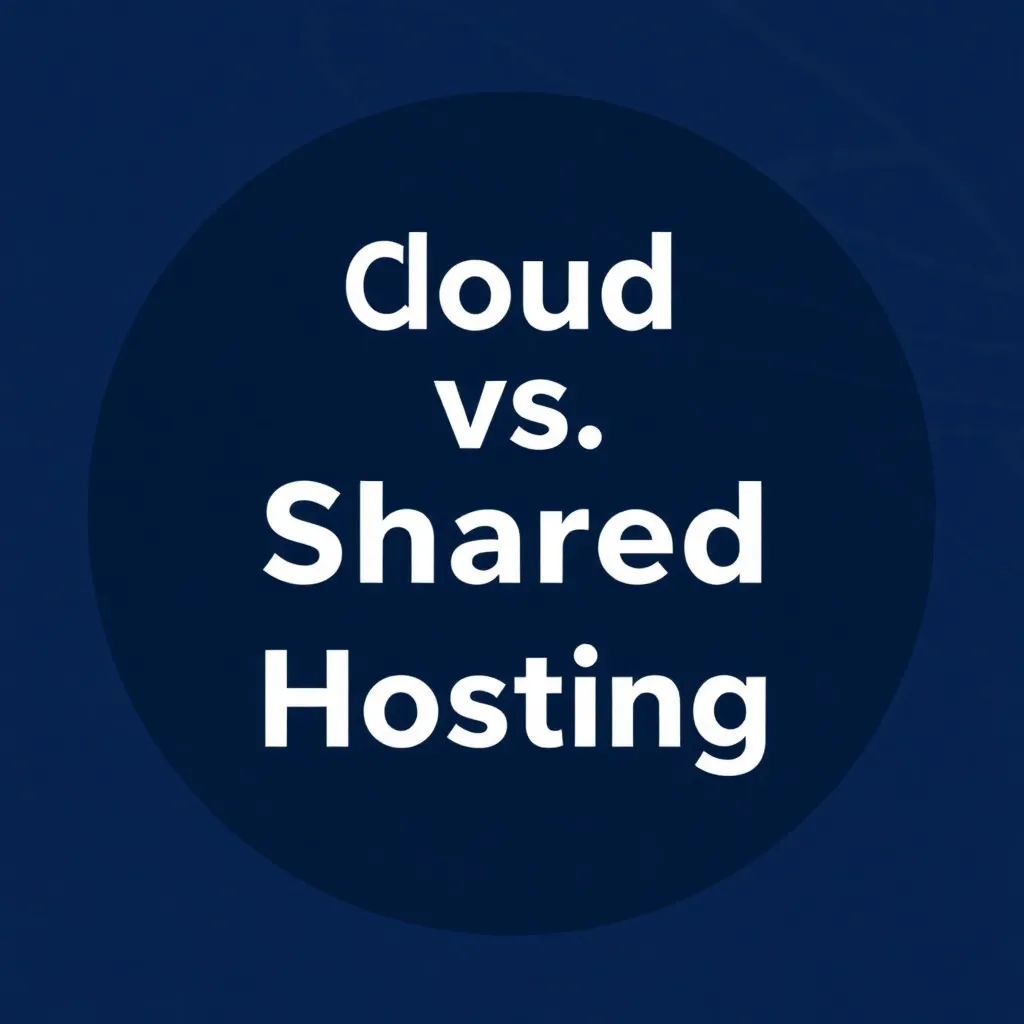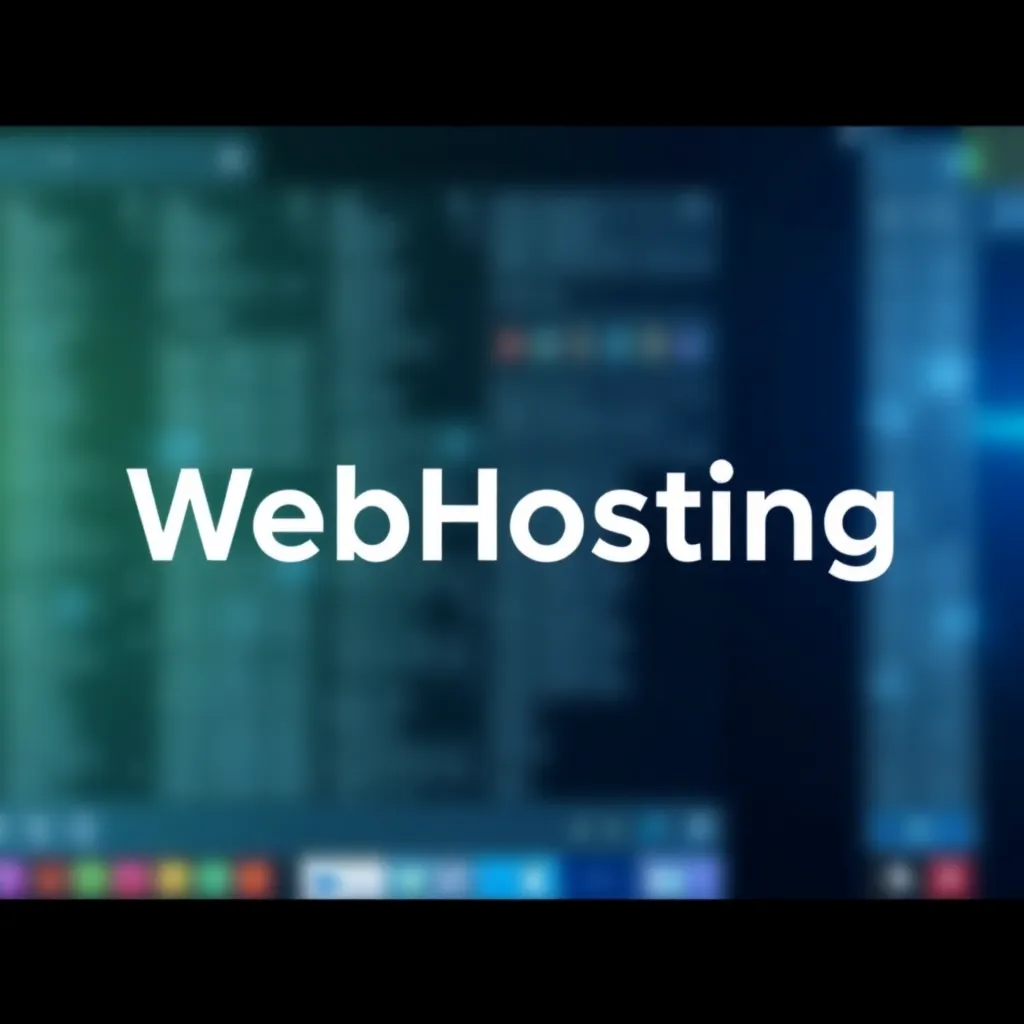Introduction to the distributed cloud
The distributed cloud represents an innovative further development of classic cloud computing. It combines the advantages of centralized and decentralized systems to offer companies a flexible, powerful and scalable IT infrastructure. At its core, it is about distributing cloud services to different physical locations, while operation, administration and updates continue to be controlled centrally. This new generation of cloud solutions enables companies to make their IT strategies more effective and efficient.
Advantages of the distributed cloud
The distributed cloud offers numerous advantages that make it an attractive option for modern companies:
- Reduced latency times: Data and applications are closer to the user, which enables faster response times.
- Improved performance: Distribution across several locations ensures even load distribution and increases system performance.
- Scalability: Resources can be flexibly expanded or reduced as required.
- Increased security: By distributing the data across different locations, security risks can be minimized.
- Compliance and data protection: Sensitive data may remain in certain geographical regions in order to comply with local regulations.
These advantages make the distributed cloud particularly attractive for companies that operate globally and place high demands on their IT infrastructure.
Architecture and components of the distributed cloud
The architecture of a distributed cloud typically consists of several networked components:
- Central public cloud: Serves as the core of the architecture and coordinates the distributed resources.
- Micro-Clouds: Small, independent cloud units located at different sites such as edge data centers, on-premises systems or regional cloud nodes.
- Network infrastructure: Connects all components together efficiently and enables smooth communication.
This architecture enables centralized control and decentralized use of resources, which makes managing and scaling the IT infrastructure much easier.
Possible applications and use cases
The distributed cloud opens up a wide range of possible applications for companies in a wide variety of sectors:
- Internet of Things (IoT): IoT applications benefit from the proximity to the data sources and the possibility of real-time processing.
- Autonomous driving: Time-critical applications such as autonomous driving require minimal latency, which is made possible by the distributed cloud.
- Industry 4.0: Industrial control systems benefit from the distributed infrastructure for reliable and fast data processing.
- Multinational corporations: Companies with a global presence can more easily fulfill compliance requirements in different countries.
- Media and entertainment: Streaming services and other media-intensive applications require high bandwidths and low latency times.
These use cases show how versatile the distributed cloud can be used to meet specific business requirements.
Challenges and solutions
The implementation of a distributed cloud also brings with it a number of challenges that need to be overcome:
- Data consistency: Ensuring data consistency across distributed systems requires robust synchronization mechanisms.
- Security and data protection: The increased protection effort for distributed data requires comprehensive security strategies.
- System complexity: Managing a distributed system is more complex than with centralized solutions.
- Initial costs: The initial investment for setup and migration can be higher than with traditional cloud models.
However, these challenges can be successfully overcome through targeted strategies and the use of modern technologies.
Best practices for implementation
To make the most of the advantages of the distributed cloud, companies should follow a few best practices:
- Careful architectural planning: Consideration of the specific requirements and optimal placement of the micro clouds.
- Choosing the right cloud provider: Selection of a provider with appropriate expertise and comprehensive support options.
- Gradual transition: Implementation through pilot projects to gain experience and minimize risks.
- Automation and orchestration: Use of tools to automate administration and orchestration processes.
These best practices help to ensure a smooth and successful introduction of the distributed cloud.
Security in the distributed cloud
Security in a distributed cloud requires special attention, as data and applications are distributed across multiple locations:
- End-to-end encryption: Protection of data during transmission and storage.
- Strong authentication: Ensure that only authorized users have access to the resources.
- Centralized security management: Uniform management of security policies across all nodes.
- Regular safety checks: Continuous review and updating of security measures.
By implementing these security measures, companies can effectively protect their distributed cloud from threats.
Management and orchestration
Managing a distributed cloud requires special tools that are able to orchestrate and monitor the distributed infrastructure as a whole. Many cloud providers offer their own solutions for this purpose, which enable standardized management. These include
- Cloud management platforms: Enable centralized management and monitoring of all cloud resources.
- Automation tools: Reduce manual administrative work and increase efficiency.
- Monitoring solutions: Provide real-time insight into the condition and performance of the infrastructure.
These tools are crucial for the smooth operation and optimal use of the distributed cloud.
Costs and profitability
The cost structure of a distributed cloud can differ from traditional cloud models. On the one hand, the initial investment may be higher, but on the other hand, costs can be saved in the long term through optimized resource usage and improved performance. Important aspects are
- Initial investments: Setup and migration require careful budget planning.
- Long-term savings: Operating costs can be reduced through efficient use of resources and higher performance.
- Cost control: A precise total cost of ownership (TCO) analysis helps to evaluate the cost-effectiveness of the distributed cloud.
A well thought-out cost strategy is crucial in order to fully exploit the economic benefits of the distributed cloud.
The future of the distributed cloud
The future of the distributed cloud promises further exciting developments. Technologies such as 5G, artificial intelligence and quantum computing will further expand the possibilities. Experts expect the boundaries between edge, fog and cloud computing to become increasingly blurred. Future trends include:
- Integration with 5G: Fast and reliable networks support real-time processing and extend the range of applications.
- Artificial intelligence: Improved automation and intelligent decision-making in the cloud infrastructure.
- Quantum computing: Potential for extremely fast data processing and complex analyses.
- Hybrid models: Seamless integration of different cloud environments and on-premises systems.
These developments will continue to drive the distributed cloud forward and strengthen its position as an essential IT infrastructure component.
Conclusion
In summary, it can be said that the distributed cloud represents a promising further development of cloud computing. It offers companies the opportunity to make the most of the benefits of the cloud while addressing challenges such as latency, compliance and scalability. With increasing digitalization and the growth of the IoT, its importance is expected to increase further in the coming years. Companies that adopt the distributed cloud early on can secure competitive advantages and future-proof their IT infrastructure.



